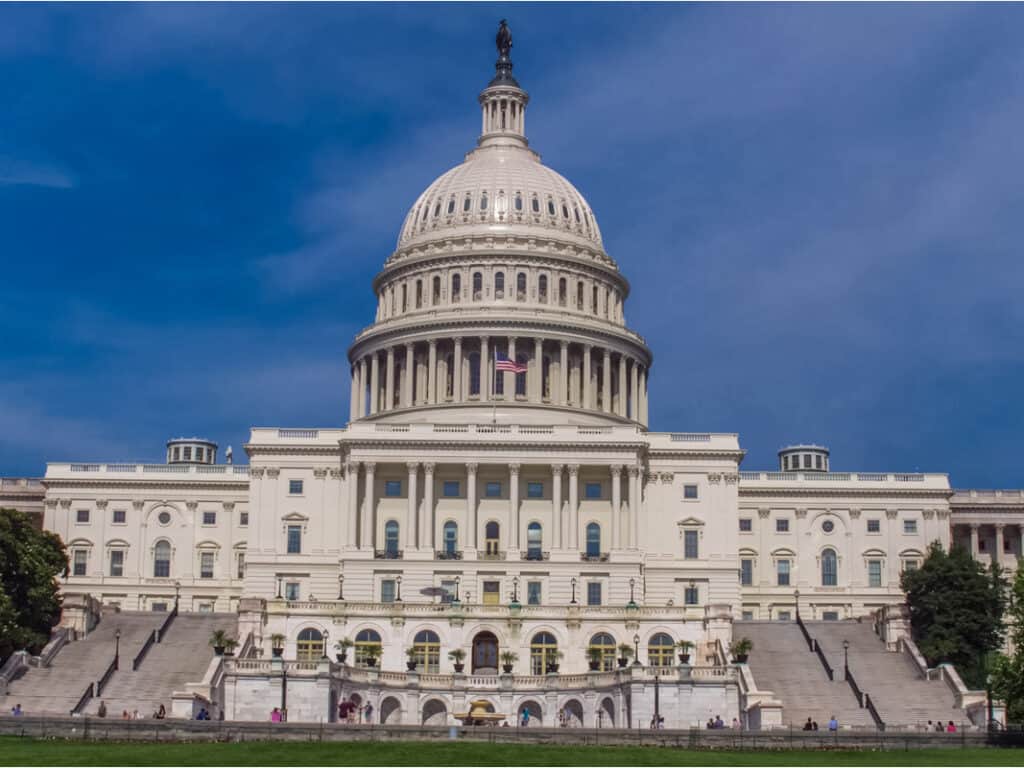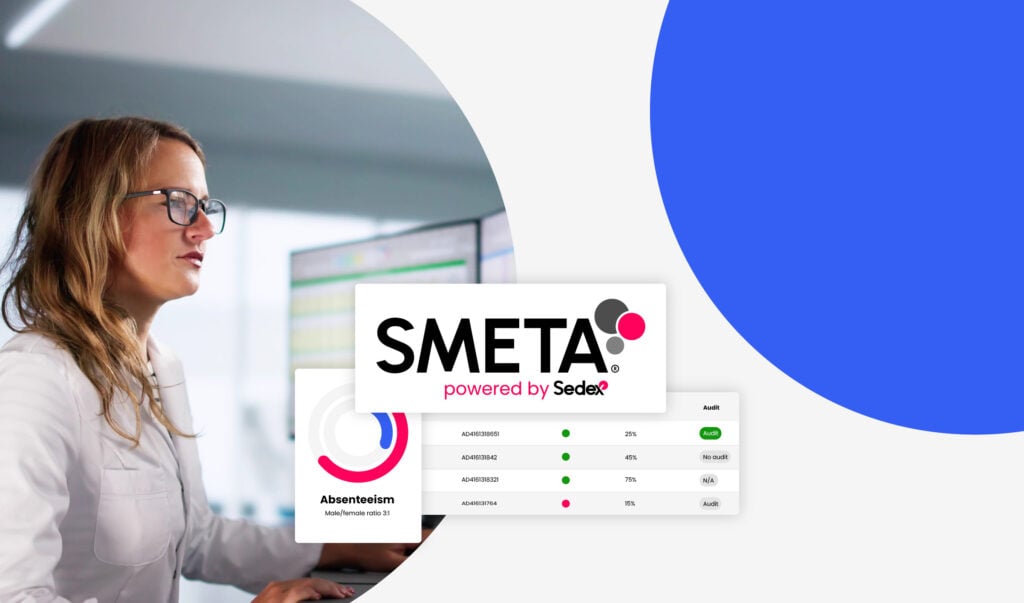New EU Conflict Minerals Regulation: What you need to know
On 1 January 2021 a new EU regulation around four conflict minerals – gold, tungsten, tin and tantalum – came into effect. The regulation requires EU importers of these metals and minerals to ensure they use only responsible and conflict-free sources.
What is the regulation and who is affected by it?
The Conflict Minerals Regulation[i] requires EU-based importers of tin, tantalum, tungsten and gold (also referred to as “3TG”) to ensure their minerals are sourced responsibly and that their supply chains do not help to fund armed conflict or other illegal practices.
To meet the regulatory requirements, EU importers of these minerals must:
- Establish strong company management systems
- Identify and assess risk in their supply chains
- Design and implement a strategy to respond to identified risks
- Carry out an independent third-party audit of supply chain due diligence
- Report annually on supply chain due diligence.
The regulation also indirectly affects around 500 smelters and refiners globally, because EU-based importers are required to identify these businesses in their supply chains and check whether they too have the correct due diligence practices in place. Whenever EU importers find smelters’ and refiners’ practices to be insufficient or associated with risks, they will have to manage and report on this.
Companies that use these minerals in their products (i.e. non-importers, such as manufacturers) do not have obligations under the regulation. However, they are invited to publish information about their due diligence activities.
What risks does the legislation hope to address?
The EU legislation focuses on the four 3TG minerals as these are the ones most often linked to armed conflicts and related human rights abuses[ii]. Money may go to armed groups or criminals at different points in supply chains – not only during the extraction of the raw materials, but also during refining and transportation.
When minerals do come from conflict-affected and high-risk areas, the new regulation requires importers to provide extra information like which mine was used, where the minerals were consolidated, traded and processed, as well as details of taxes, fees and royalties paid.
The European Commission hopes that these obligations will help prevent money from reaching armed groups or criminals and bring an end to exploitation and abuse of local mining communities.
Top producers of 3TG minerals [iii]:

Which countries are considered conflict-affected and high-risk?
The European Commission maintains a list of countries considered conflict-affected and high-risk, as determined by experts. It features countries whose natural resources include minerals in high demand, and are either suffering from armed conflicts, such as civil war or have weak governance and systematic violations of international law, including human rights.
As of December 2020 this list features 27 countries including Afghanistan, Central African Republic, Democratic Republic of the Congo. Libya, Somalia, South Sudan, Sudan, and Yemen[iv].
The mining and quarrying industry in all of the countries named here, along with many others in the list, indicates highly (above 6 out of 10) for forced labour risks in our Radar risk tool.
Do similar regulations exist for companies outside the EU?
In 2010 the US passed legislation known as the Dodd Frank Act Section 1502. It requires companies listed on US stock markets to carry out due diligence on minerals sourced from the Democratic Republic of Congo and neighbouring countries.
Several African countries, including the Democratic Republic of Congo and Rwanda, have passed laws requiring companies to check their supply chains.
In 2015 the China Chamber of Commerce of Metals Minerals & Chemicals Importers & Exporters developed Chinese Due Diligence Guidelines for Responsible Mineral Supply Chains.
Practical next steps that you can take
- Evaluate whether any 3TG minerals are present in your products, and begin assessing the inherent risks in the supply chain
- Identify any EU-based importers of these minerals in your supply chain and check how they are meeting the regulatory requirements
- Report publicly on your due diligence efforts.
All companies that supply or use minerals sourced from conflict-affected or high-risk areas should follow the OECD’s Due Diligence Guidance for Responsible Supply Chains of Minerals from Conflict-Affected and High-Risk Areas. This provides detailed recommendations to help companies respect human rights and avoid contributing to conflict through their mineral purchasing decisions and practices.
How Sedex can help
The Sedex Self-Assessment Questionnaire asks suppliers to declare whether tin, tantalum, tungsten or gold are present in their products.
Sedex members can use this information to identify which suppliers to work with to map the source of those minerals, in order to check whether any might come from high-risk or conflict-affected countries.
[i] https://ec.europa.eu/trade/policy/in-focus/conflict-minerals-regulation/regulation-explained/index_en.htm
[ii] https://ec.europa.eu/trade/policy/in-focus/conflict-minerals-regulation/regulation-explained/index_en.htm
[iii] Sources: Tin – https://en.wikipedia.org/wiki/List_of_countries_by_tin_production
Tantalum – https://www.statista.com/statistics/1009165/global-tantalum-production-by-country/
Tungsten – https://pubs.usgs.gov/periodicals/mcs2020/mcs2020-tungsten.pdf
Gold – https://www.gold.org/goldhub/data/historical-mine-production



